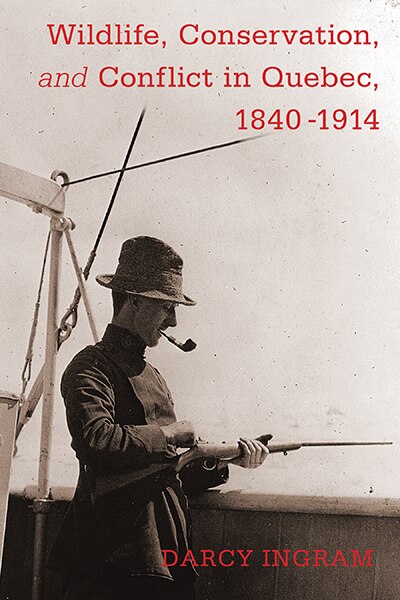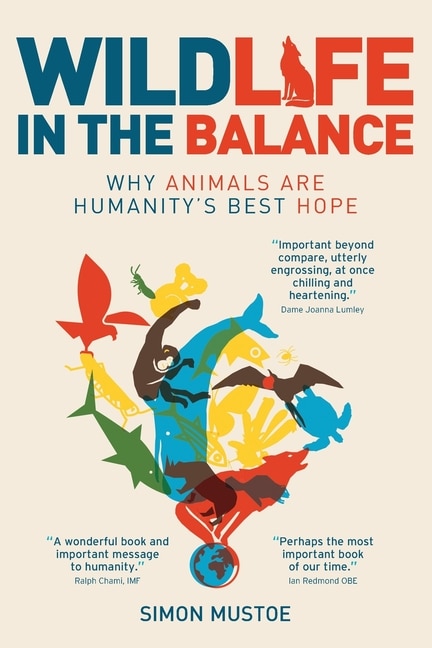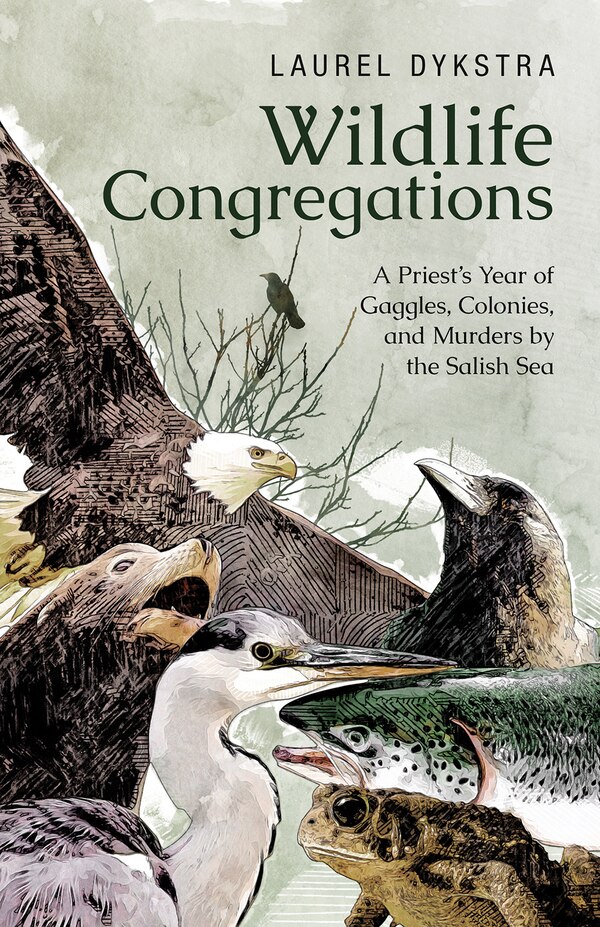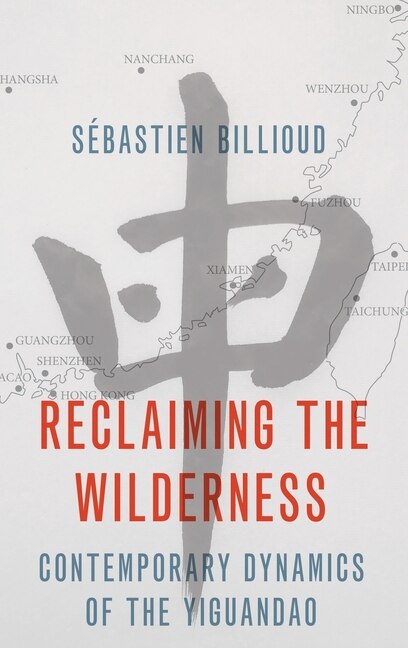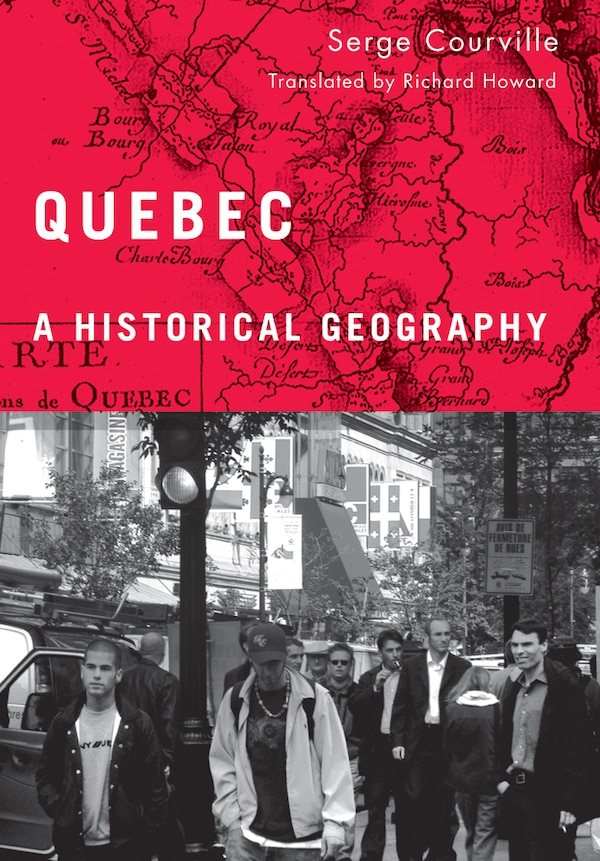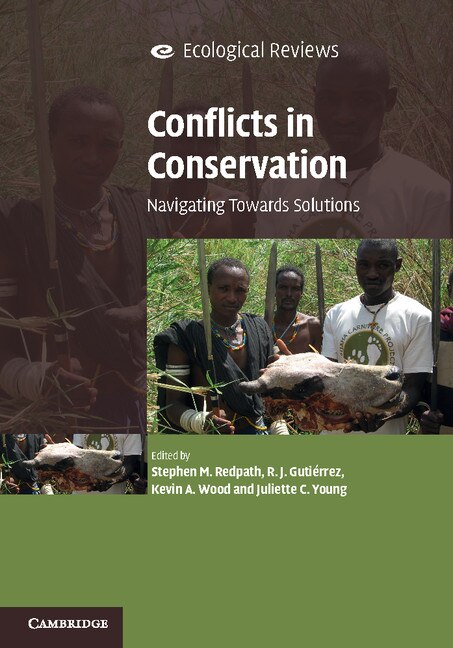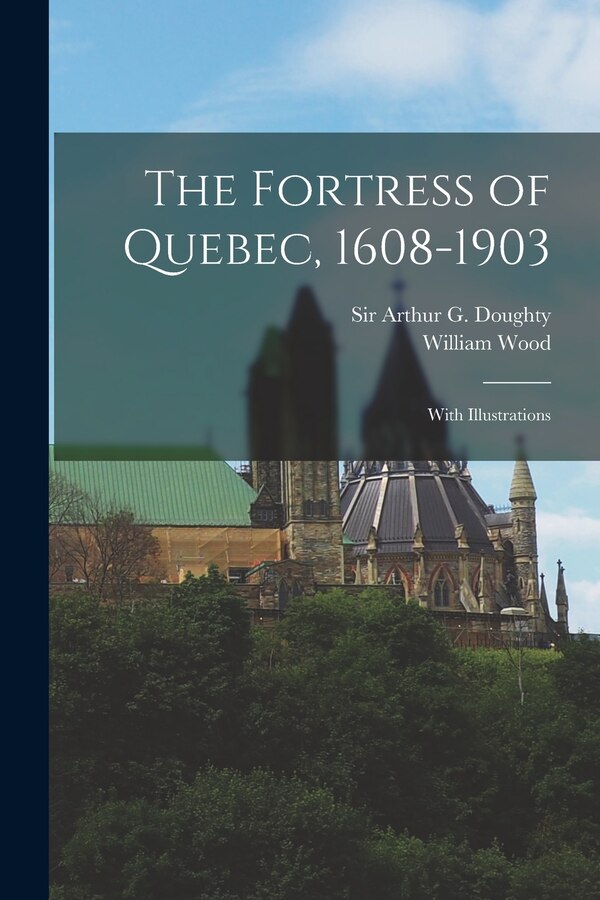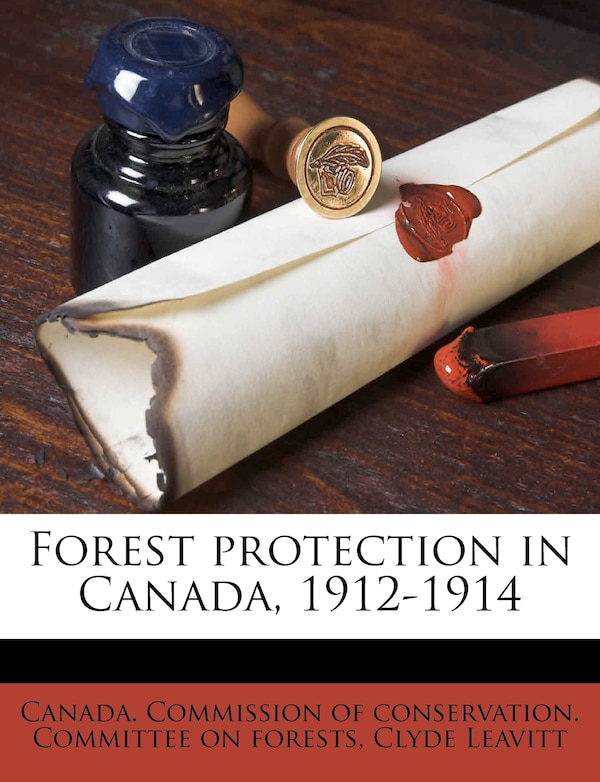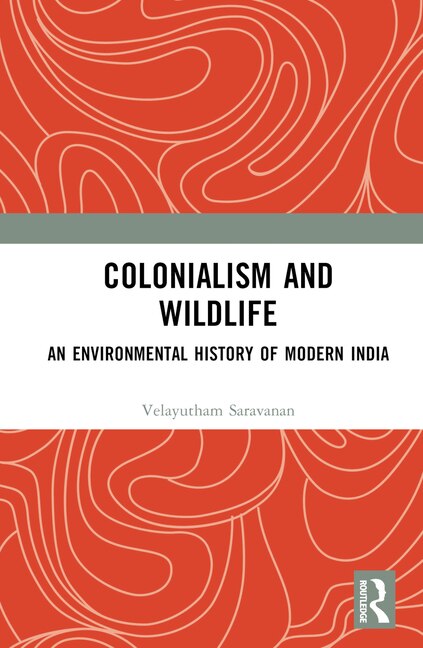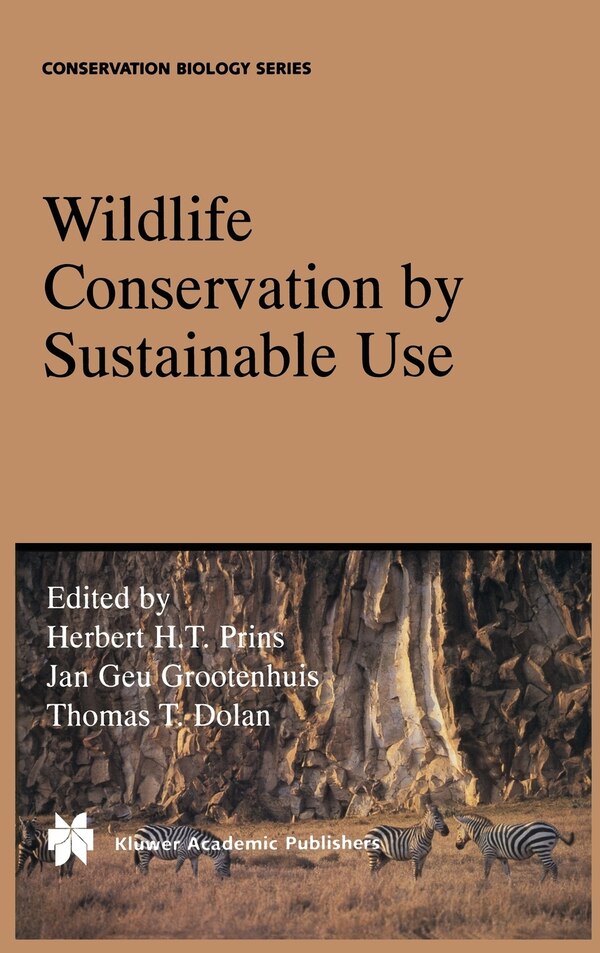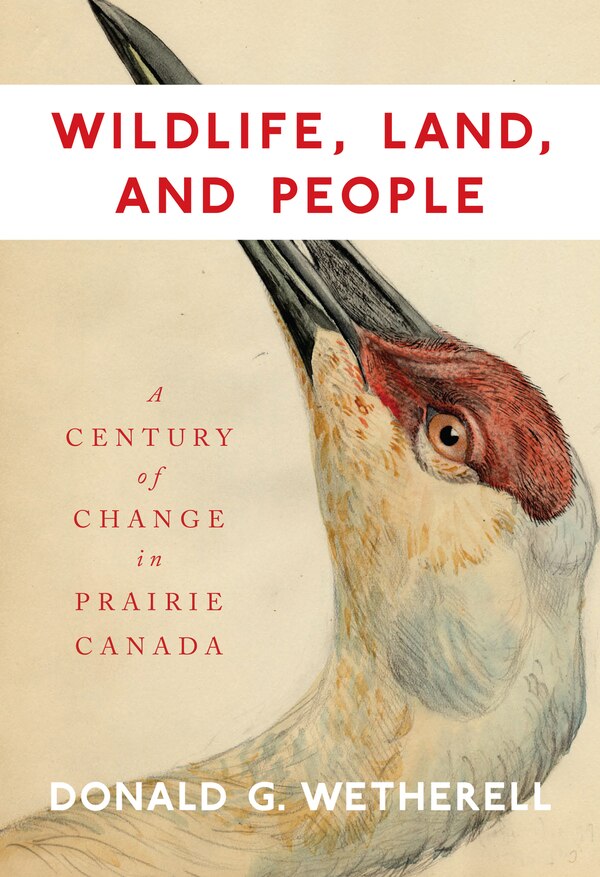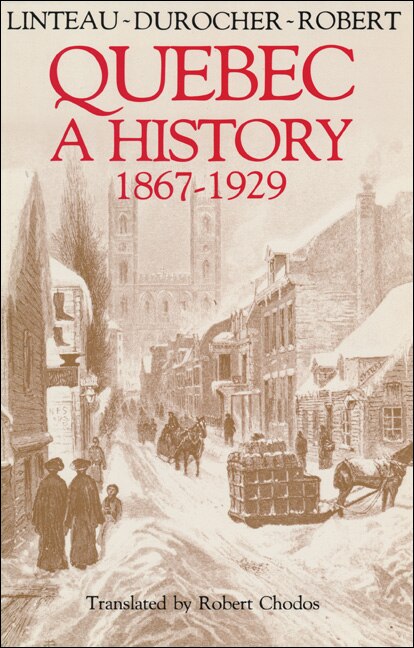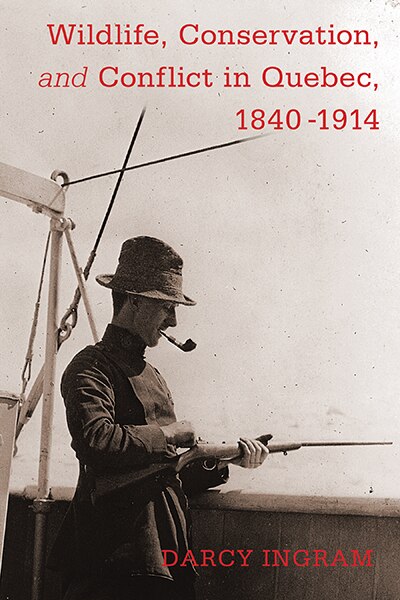
Compare Wildlife Conservation and Conflict in Quebec 1840-1914 by Darcy Ingram, Hardcover | Indigo Chapters
Darcy Ingram
$95.00
Despite the popular assumption that wildlife conservation is a recent phenomenon, it emerged over a century and a half ago in an era more closely associated with wildlife depletion than preservation. However, as Darcy Ingram shows in this groundbreaking book, some of these early strategies were not as forward-focused as they appear. Wildlife, Conservation, and Conflict in Quebec shows how the British elite of that province based its wildlife strategies on traditional systems of European land tenure and estate management. It was the longstanding belief in progress, improvement, and social order that underpinned the development of some of the wildlife conservation strategies we are familiar with today. Spanning the 1840s up until the outbreak of the First World War, this book traces the emergence of a lease-based regulatory system that blended elite forms of sport and conservation. Applied first to British North America’s prized salmon rivers, this system came to encompass the bulk of Quebec’s hunting and fishing territories. Inspired by a longstanding belief in progress, improvement, and social order based on European as well as North American models, this system effectively privatized Quebec’s fish and game resources, often to the detriment of commercial and subsistence hunters and fishers. A valuable resource for environmental historians, this book will also appeal to scholars and students of Canadian, American, and British history and environmental studies. | Wildlife Conservation and Conflict in Quebec 1840-1914 by Darcy Ingram, Hardcover | Indigo Chapters

